Home>Home Appliances>Laundry Appliances>How Does A Washing Machine Work
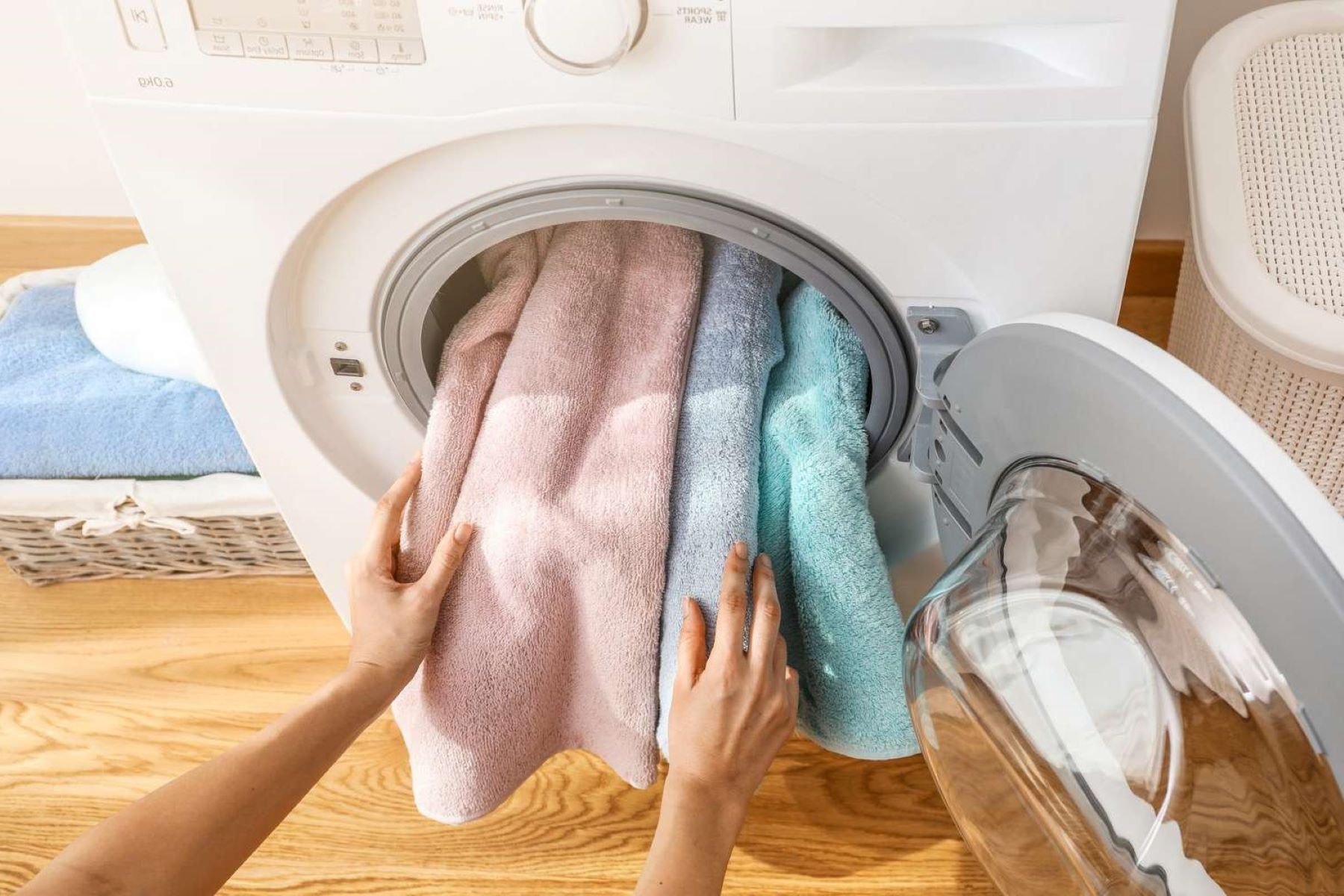

Laundry Appliances
How Does A Washing Machine Work
Modified: August 27, 2024
Discover how laundry appliances work and the science behind washing machines. Learn about the technology that powers these essential household devices.
(Many of the links in this article redirect to a specific reviewed product. Your purchase of these products through affiliate links helps to generate commission for Storables.com, at no extra cost. Learn more)
Introduction
Washing machines have become an indispensable part of modern life, revolutionizing the way we clean our clothes. These remarkable appliances have simplified the arduous task of laundry, allowing us to effortlessly maintain our wardrobe's cleanliness. Understanding how a washing machine operates can provide valuable insights into its functionality and help us appreciate the marvel of modern engineering.
In this article, we will delve into the inner workings of a washing machine, exploring its various components, the washing and spinning processes, common issues, troubleshooting techniques, and essential maintenance tips. By gaining a comprehensive understanding of these aspects, you will be better equipped to make informed decisions about purchasing, using, and maintaining this essential household appliance.
Let's embark on a fascinating journey through the intricate mechanisms that power the humble washing machine, unraveling the mysteries behind its efficient cleaning prowess and uncovering the secrets to prolonging its lifespan. So, fasten your seatbelts and get ready to explore the captivating world of laundry appliances!
Key Takeaways:
- How a Washing Machine Works
Washing machines use a drum, agitator, and motor to clean clothes with water and detergent. Understanding this process helps you choose the right settings and keep your machine running smoothly. - Keeping Your Washing Machine Happy
Regular cleaning, proper load distribution, and maintenance checks can help your washing machine stay in top shape. By taking care of your machine, you can enjoy hassle-free laundry days and fresh-smelling clothes!
Read more: How Does A Portable Washer Work
Components of a Washing Machine
A washing machine is a complex assembly of various components working in harmony to deliver efficient cleaning results. Understanding the key parts of this appliance is crucial for comprehending its functionality. Let's take a closer look at the essential components that constitute a typical washing machine:
-
Drum: At the heart of the washing machine lies the drum, also known as the tub, which serves as the container for the clothes during the washing process. The drum rotates to agitate the clothes and facilitate the cleaning action.
-
Agitator or Pulsator: In top-loading washing machines, the agitator is a central pillar-like component that moves back and forth, creating a dynamic water flow to dislodge dirt and grime from the fabric. Front-loading machines use a pulsator, which operates by generating pulsating movements to achieve a similar cleaning effect.
-
Inlet and Outlet Hoses: These hoses are responsible for supplying water to the washing machine during the wash cycle and draining the used water after the process is complete. The inlet hose connects the machine to the water supply, while the outlet hose expels the wastewater.
-
Water Pump: The water pump plays a pivotal role in the draining process by expelling the used water from the machine. It ensures efficient water removal, allowing for the next phase of the laundry cycle to commence.
-
Motor: The motor is the powerhouse of the washing machine, driving the rotation of the drum and agitator/pulsator. It provides the necessary mechanical force to agitate the clothes and facilitate the washing and spinning processes.
-
Control Panel: The control panel houses the user interface, comprising buttons, dials, and digital displays that enable users to select wash programs, adjust settings, and monitor the progress of the laundry cycle.
-
Detergent Dispenser: This component is designed to dispense detergent, fabric softener, and other laundry additives at the appropriate stages of the wash cycle, ensuring optimal cleaning and fabric care.
-
Door or Lid: The door or lid provides access to the drum, allowing users to load and unload laundry. It also features safety mechanisms to prevent the machine from operating when the door is open.
Understanding the functions and interplay of these components provides valuable insights into the intricate mechanics of a washing machine. Each part contributes to the seamless operation of the appliance, culminating in the efficient cleaning of clothes and linens.
The Washing Process
The washing process in a washing machine is a meticulously orchestrated sequence of events designed to rid clothes of dirt, stains, and odors. Understanding this process sheds light on the intricate mechanisms that ensure thorough cleaning while preserving the fabric's integrity.
-
Water Filling: The washing cycle commences with the inlet valve allowing water to enter the machine. The water level is carefully regulated based on the selected wash program and the quantity of laundry, ensuring optimal cleaning efficiency.
-
Detergent Dispensing: Once the appropriate water level is reached, the detergent dispenser releases the specified amount of detergent into the water. This crucial step sets the stage for the formation of a cleansing solution that permeates the fabric, dislodging dirt and grime.
-
Agitation: As the drum fills with the soapy water, the motor springs into action, setting the drum and agitator/pulsator in motion. This dynamic movement agitates the clothes, creating a vigorous swirling action that facilitates the removal of dirt and stains from the fabric fibers.
-
Soaking and Cleaning: The agitating motion, combined with the detergent-laden water, initiates the process of soaking and cleaning the laundry. The detergent penetrates the fabric, breaking down and suspending the dirt particles to prevent re-deposition onto the clothes.
-
Rinsing: Following the cleaning phase, the machine drains the soapy water and proceeds to the rinsing stage. Fresh water is introduced into the drum to thoroughly rinse the clothes, ensuring the removal of residual detergent and suspended dirt particles.
-
Spin Cycle: Once the rinsing is complete, the washing machine transitions to the spin cycle. During this phase, the drum spins at high speeds, using centrifugal force to extract excess water from the clothes. This efficient water removal process significantly reduces drying time and conserves energy.
-
Final Rinse (Optional): Some wash programs include an additional rinse cycle to further ensure the removal of any remaining detergent or contaminants from the fabric. This extra step contributes to achieving impeccably clean and fresh-smelling laundry.
The meticulous orchestration of these sequential steps in the washing process exemplifies the precision and efficiency of modern washing machines. By comprehending the intricacies of this process, users can optimize their laundry routines, achieve superior cleaning results, and prolong the lifespan of their garments.
Understanding the washing process empowers users to make informed decisions regarding wash programs, water temperature, and detergent selection, ultimately enhancing the overall laundry experience.
To ensure your washing machine works efficiently, avoid overloading it with too many clothes. This can lead to uneven washing and strain on the machine’s motor.
The Spinning Process
The spinning process in a washing machine is a pivotal phase that follows the washing cycle, playing a crucial role in expelling excess water from the laundry. This high-speed rotation of the drum harnesses centrifugal force to effectively extract moisture from the clothes, facilitating quicker drying and conserving energy. Understanding the intricacies of the spinning process unveils the remarkable efficiency and resourcefulness of modern laundry appliances.
As the washing machine transitions from the rinsing phase, the drum prepares for the spin cycle. Once the water has been drained, the drum begins to rotate at accelerated speeds, subjecting the wet laundry to powerful centrifugal forces. This rapid spinning action causes the water to be expelled from the fabric, effectively wringing out excess moisture and significantly reducing the dampness of the clothes.
The centrifugal force generated during the spinning process is instrumental in expelling water from the laundry. This force pushes the water outwards, away from the center of the spinning drum, allowing it to escape through the perforations in the drum's walls. As a result, the clothes emerge from the spin cycle noticeably drier, expediting the subsequent drying process and minimizing the energy consumption required for drying the laundry.
The efficiency of the spinning process is further enhanced by the careful balance and distribution of the laundry load within the drum. Proper load distribution ensures that the centrifugal force acts uniformly on the clothes, maximizing water extraction and preventing imbalance-related issues during the spin cycle. Additionally, modern washing machines are equipped with advanced sensors and algorithms that dynamically adjust the spin speed and duration based on the load's weight and distribution, optimizing water removal while safeguarding the appliance's stability.
By comprehending the significance of the spinning process, users can appreciate the pivotal role it plays in expelling excess water from the laundry, streamlining the drying process, and conserving energy. This understanding empowers users to make informed decisions regarding load distribution, spin speed selection, and laundry care, ultimately enhancing the efficiency and effectiveness of their laundry routines.
The spinning process stands as a testament to the ingenuity of washing machine engineering, showcasing the seamless integration of physics and technology to deliver optimal laundry results.
Common Issues and Troubleshooting
Washing machines, like any complex appliance, are susceptible to a range of common issues that may disrupt their normal operation. Understanding these issues and being equipped with troubleshooting techniques can empower users to address potential problems effectively, ensuring the continued functionality of their laundry appliance.
-
Excessive Vibration and Noise: If the washing machine produces excessive vibration or noise during operation, it may indicate an imbalance in the laundry load or an issue with the machine's leveling. Troubleshooting this involves redistributing the laundry load to achieve better balance within the drum. Additionally, ensuring that the machine is placed on a level surface can mitigate vibration and noise concerns.
-
Water Leakage: Water leakage from the washing machine can stem from various sources, including damaged hoses, loose connections, or deteriorated door seals. Troubleshooting this issue involves inspecting the inlet and outlet hoses for signs of damage or wear, tightening any loose connections, and examining the door seal for tears or deformities. Addressing these issues promptly can prevent water damage and ensure the efficient operation of the appliance.
-
Drainage Problems: If the washing machine experiences drainage issues, such as slow or incomplete draining, it may be attributed to clogged drain filters or obstructions in the drainage system. Troubleshooting this involves locating and cleaning the drain filters, ensuring that the drainage hose is free from obstructions, and inspecting the pump for any debris that may impede water expulsion.
-
Unpleasant Odors: Over time, washing machines may develop unpleasant odors caused by the accumulation of detergent residue, moisture, and bacteria within the drum and other components. Troubleshooting this issue involves running a cleaning cycle with specialized washing machine cleaners or utilizing natural cleaning agents such as vinegar and baking soda to eliminate odors and maintain a fresh-smelling interior.
-
Electrical Malfunctions: Electrical issues, such as power fluctuations, tripped circuits, or malfunctioning control panels, can disrupt the normal operation of the washing machine. Troubleshooting electrical malfunctions involves checking the power supply, ensuring that the circuit breaker is functional, and inspecting the control panel for error codes or anomalies.
By familiarizing themselves with these common issues and the corresponding troubleshooting techniques, users can proactively address potential problems, prolong the lifespan of their washing machine, and maintain optimal performance. Regular maintenance and attentive troubleshooting can mitigate the impact of these issues, ensuring a seamless and reliable laundry experience.
Read more: How Does A Power Washer Work
Maintenance Tips
Proper maintenance is essential for preserving the functionality and longevity of a washing machine. By adhering to a regular maintenance routine, users can mitigate potential issues, optimize performance, and ensure that their laundry appliance operates at its best. Here are some valuable maintenance tips to keep your washing machine in top condition:
-
Regular Cleaning: Periodically clean the interior of the washing machine, including the drum, detergent dispenser, and door seal, to remove accumulated dirt, detergent residue, and moisture. Utilize specialized washing machine cleaners or natural cleaning agents like vinegar and baking soda to eliminate odors and maintain a hygienic interior.
-
Inspect and Clean the Drainage System: Check and clean the drain filters and drainage hose to prevent clogs and ensure efficient water expulsion during the draining process. Additionally, inspect the water pump for any debris that may impede drainage.
-
Maintain Proper Load Distribution: When loading the washing machine, ensure that the laundry is evenly distributed within the drum to prevent imbalance-related issues during the spin cycle. Proper load distribution optimizes water extraction and safeguards the appliance's stability.
-
Leveling and Stability: Confirm that the washing machine is placed on a level surface to minimize excessive vibration and noise during operation. Adjust the machine's leveling feet if necessary to achieve optimal stability.
-
Inspect and Maintain Hoses and Connections: Regularly inspect the inlet and outlet hoses for signs of damage or wear, and ensure that all connections are secure. Address any issues promptly to prevent water leakage and maintain efficient water supply and drainage.
-
Opt for Appropriate Detergent and Additives: Use the recommended amount of detergent and fabric softener based on the laundry load and water hardness. Avoid overloading the dispenser and clean it regularly to prevent clogs.
-
Routine Maintenance Checks: Periodically inspect the electrical connections, control panel, and power supply for any signs of malfunction or damage. Address electrical issues promptly to ensure the safe and reliable operation of the washing machine.
By integrating these maintenance tips into your laundry appliance care routine, you can uphold the efficiency, reliability, and longevity of your washing machine. Consistent maintenance not only optimizes performance but also contributes to a seamless and hassle-free laundry experience, allowing you to enjoy the full benefits of this essential household appliance.
Frequently Asked Questions about How Does A Washing Machine Work
Was this page helpful?
At Storables.com, we guarantee accurate and reliable information. Our content, validated by Expert Board Contributors, is crafted following stringent Editorial Policies. We're committed to providing you with well-researched, expert-backed insights for all your informational needs.


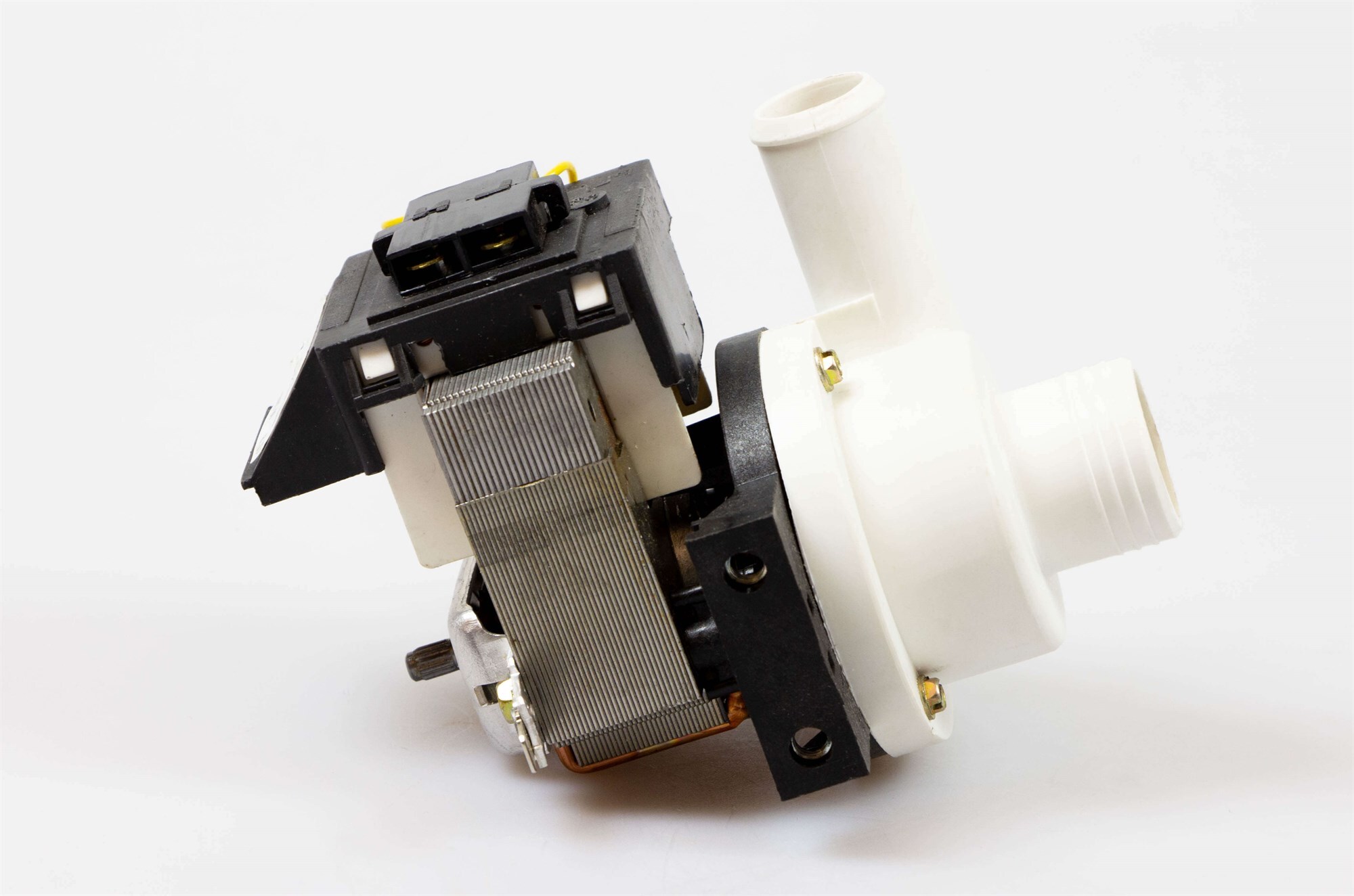
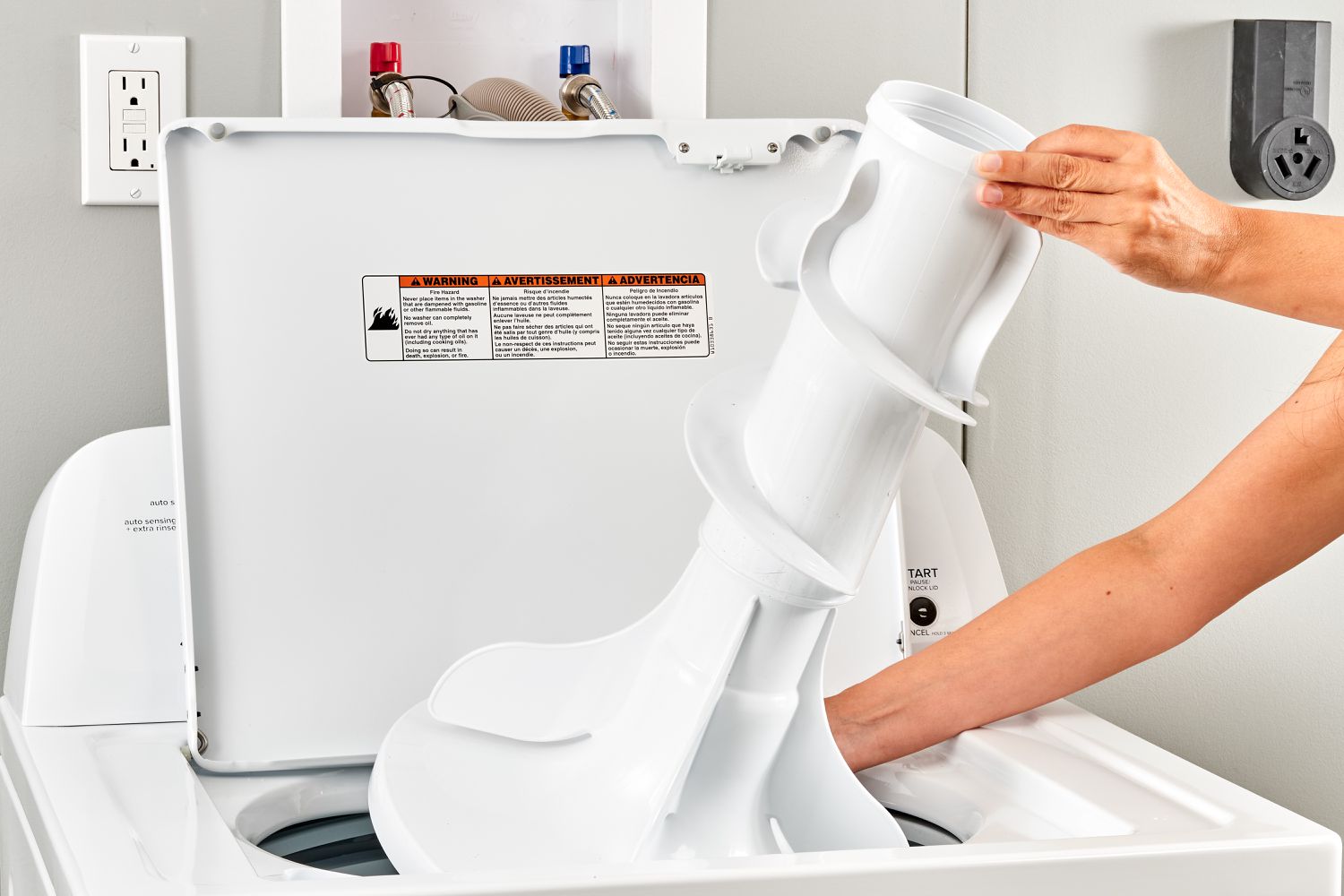
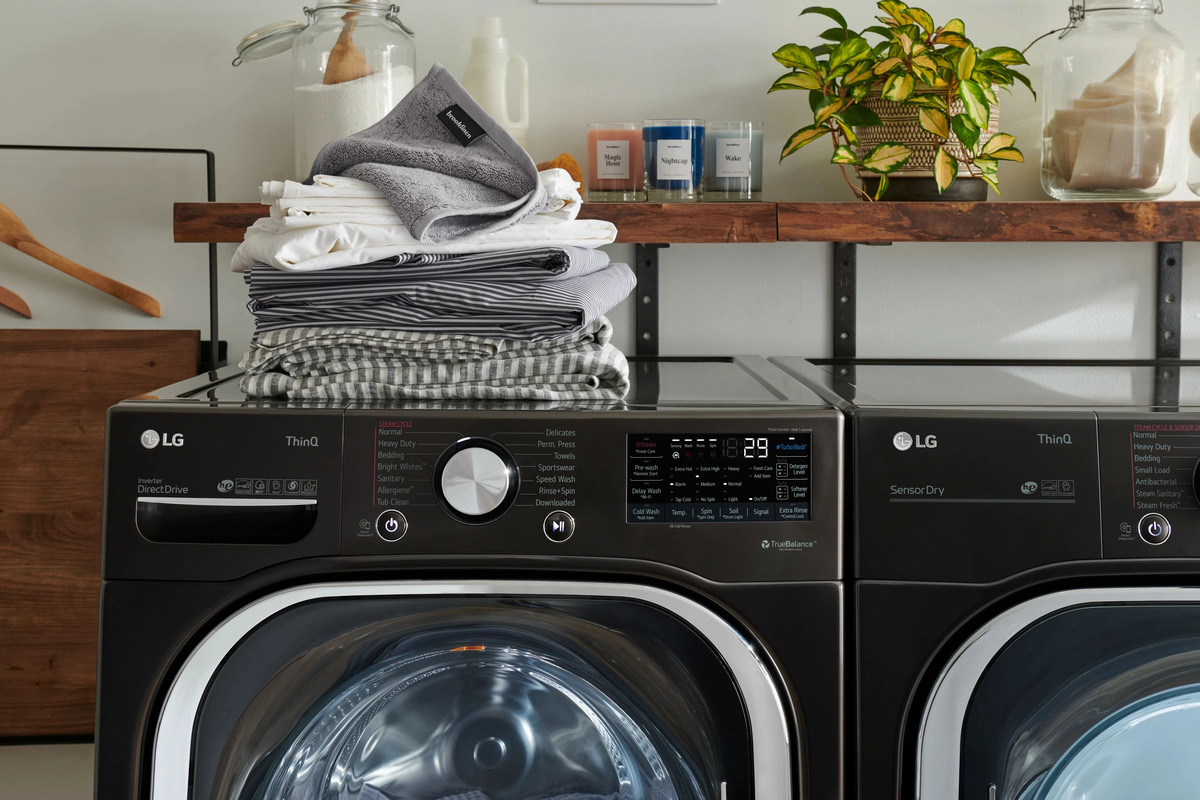
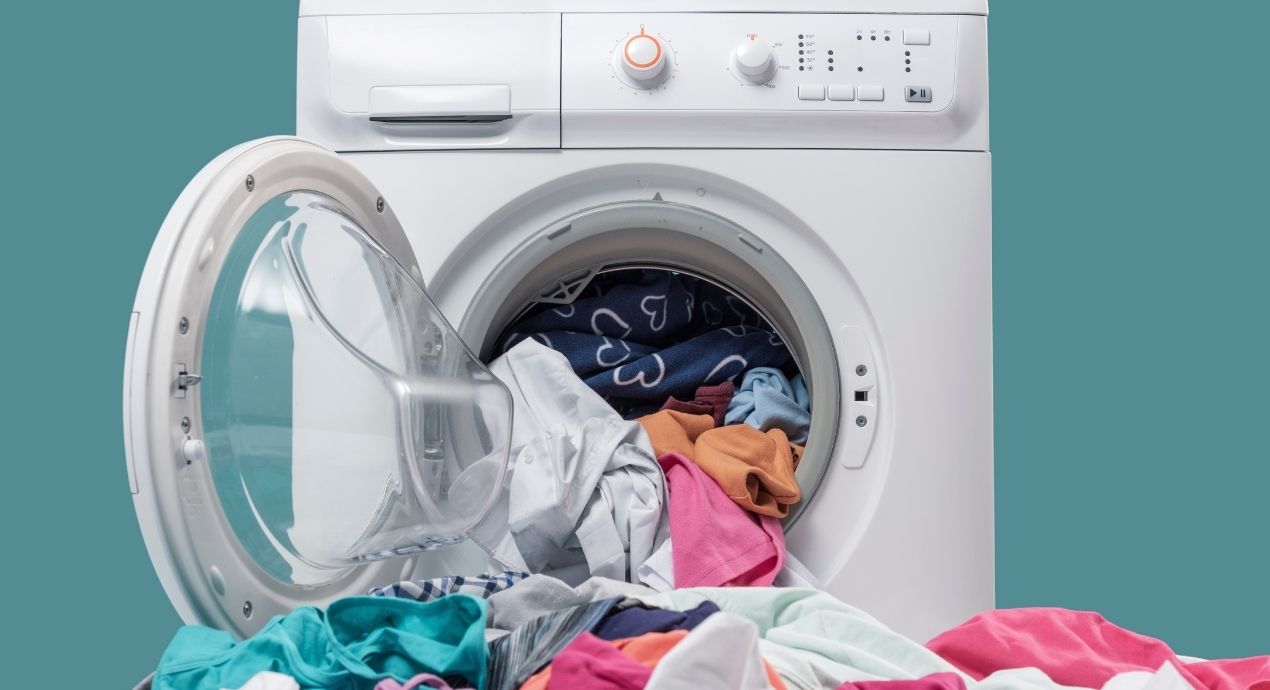
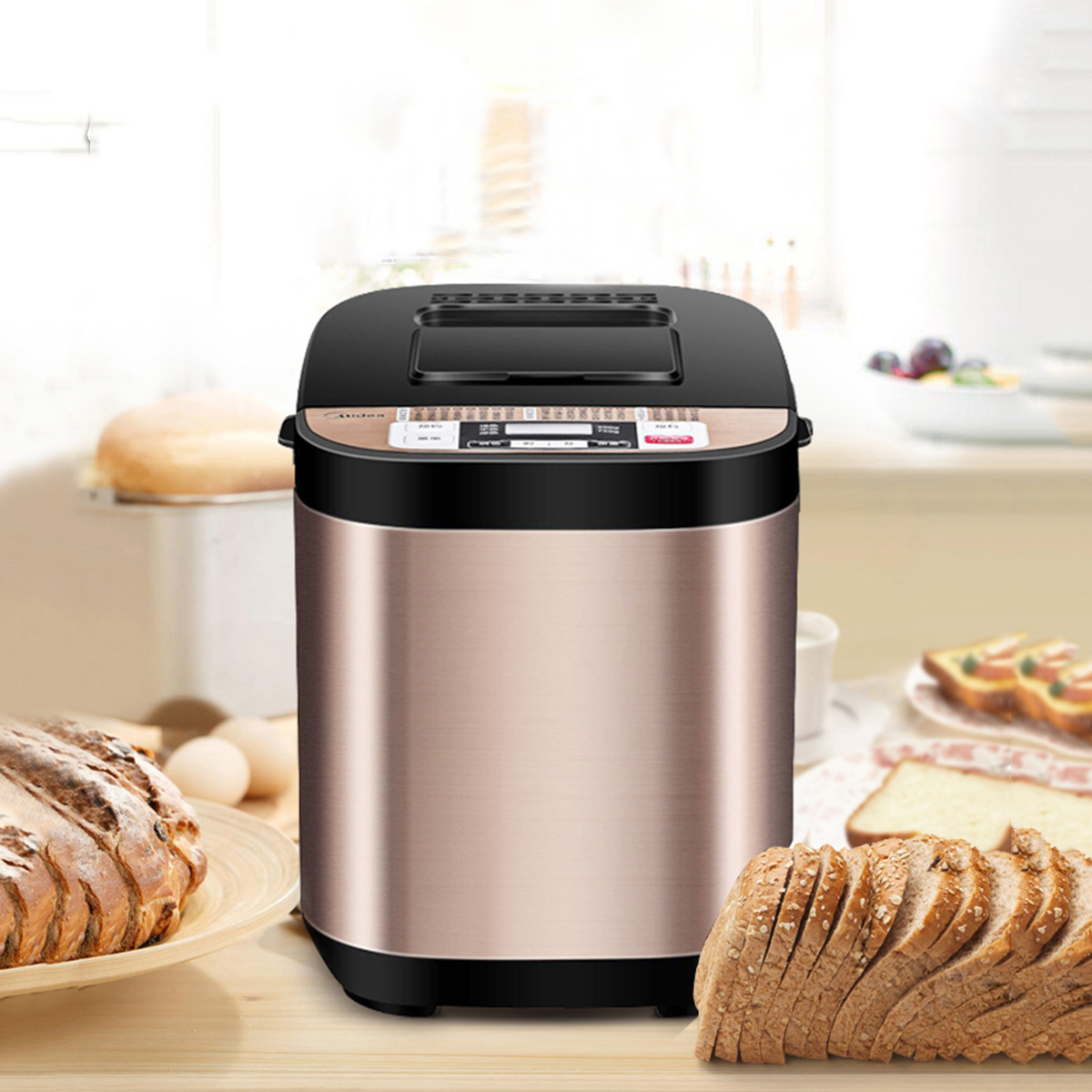

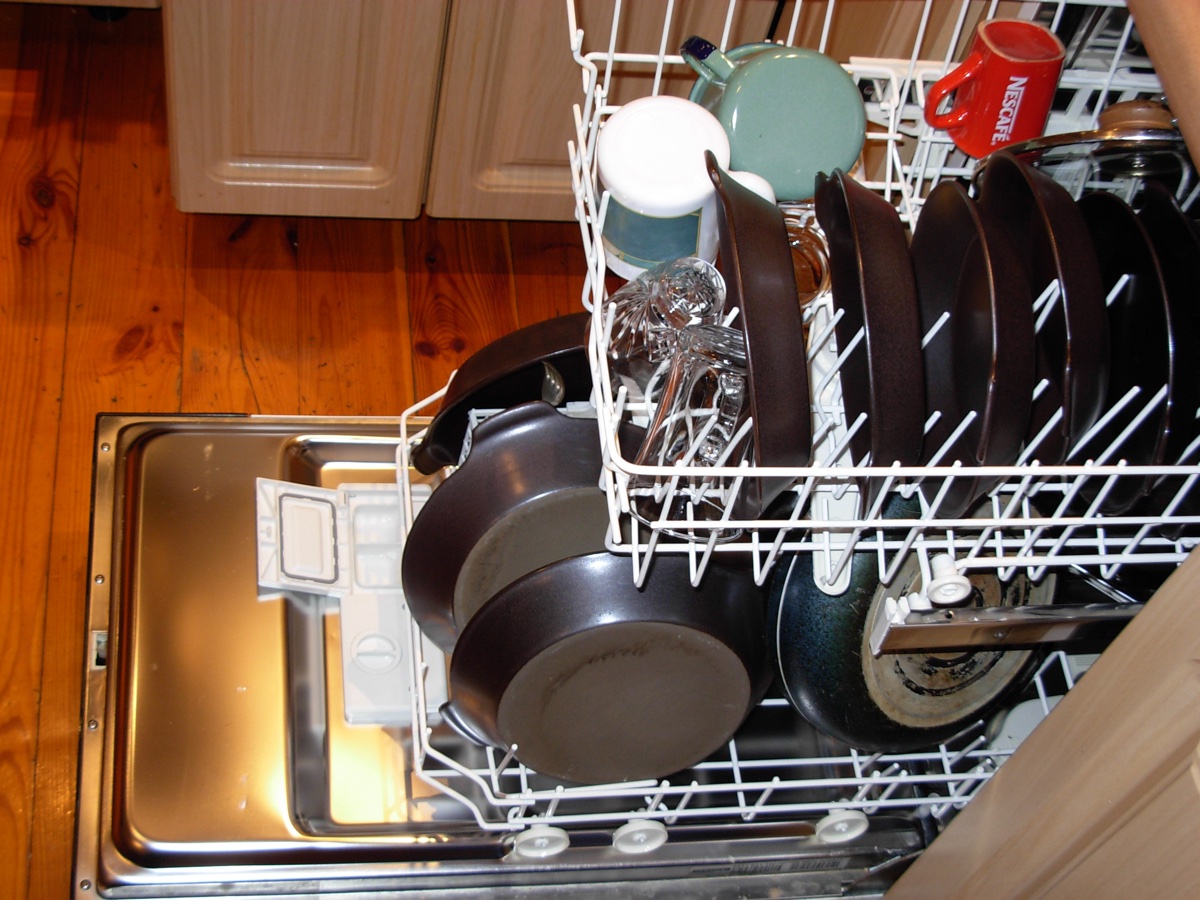

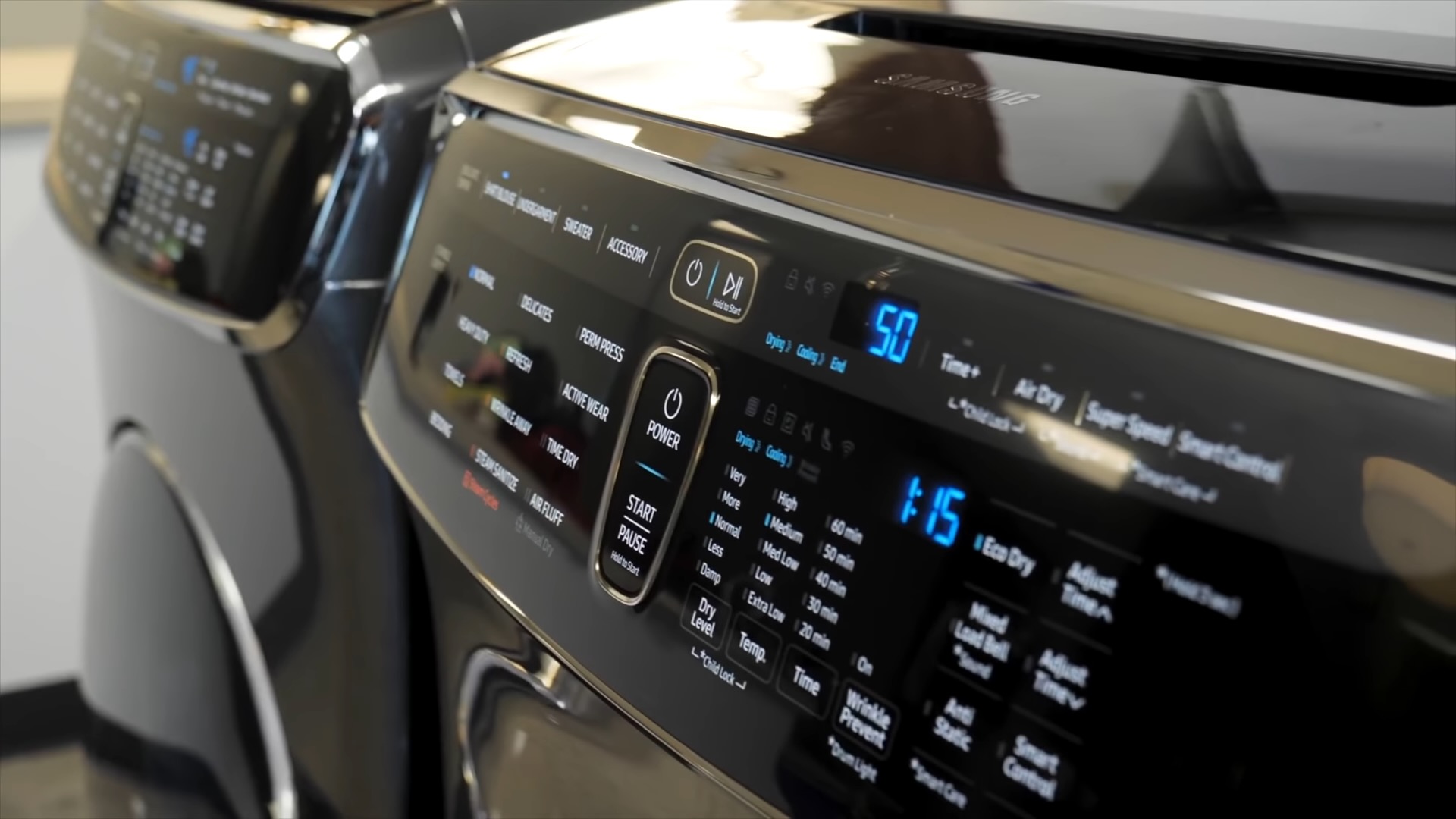
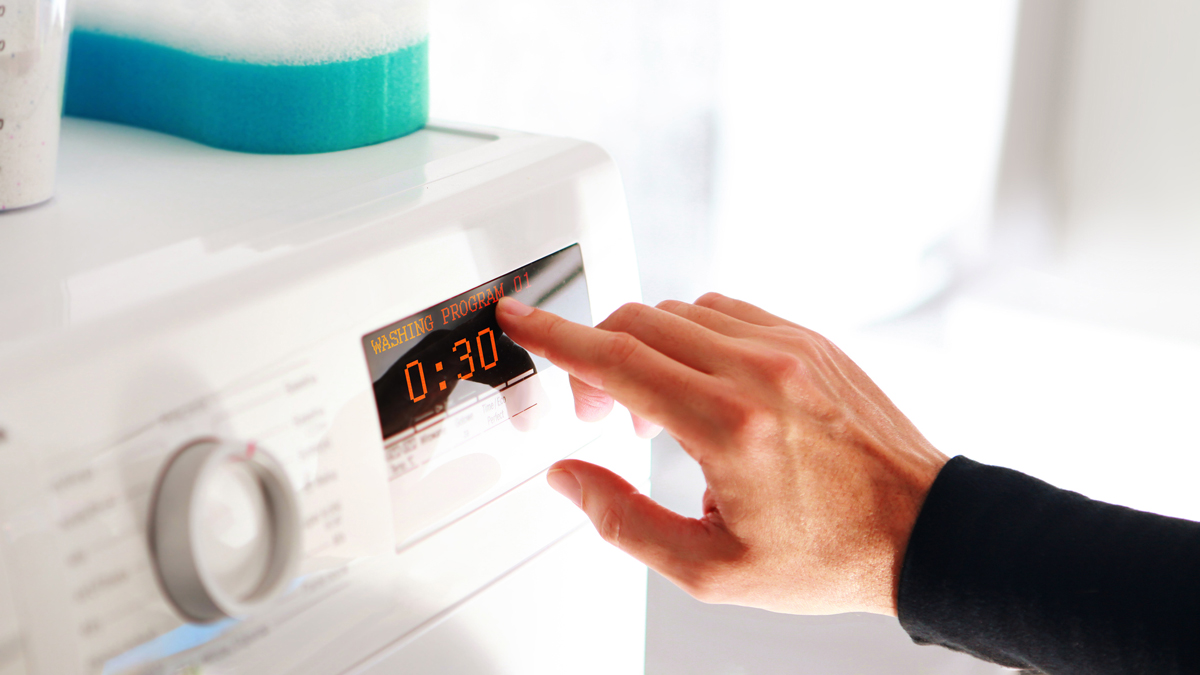
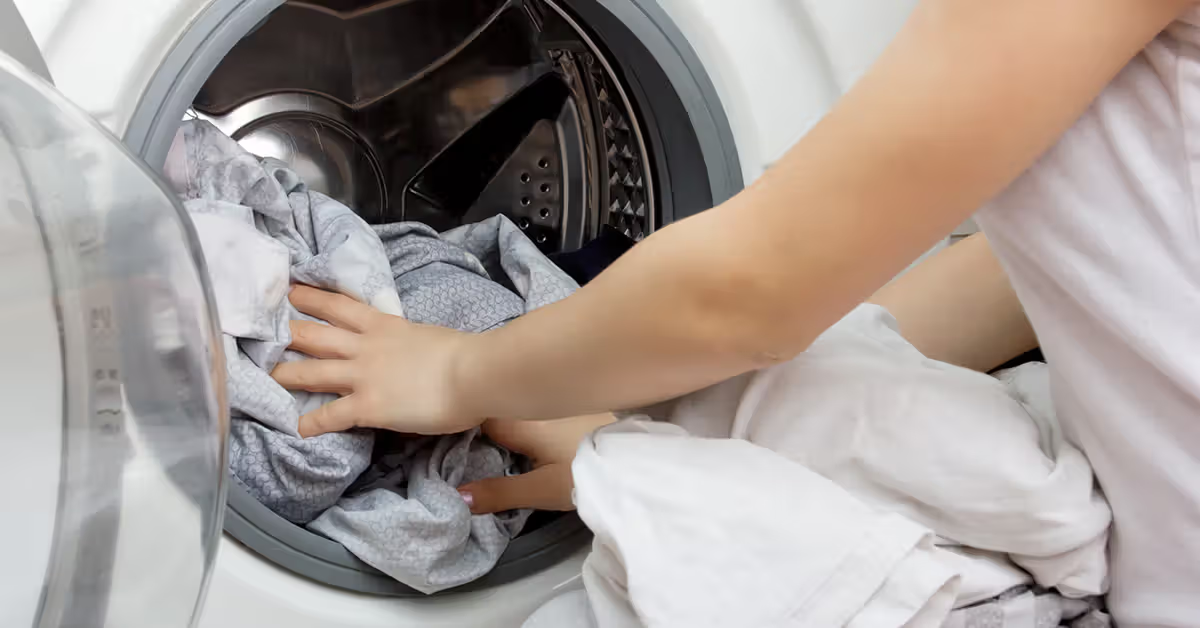


0 thoughts on “How Does A Washing Machine Work”